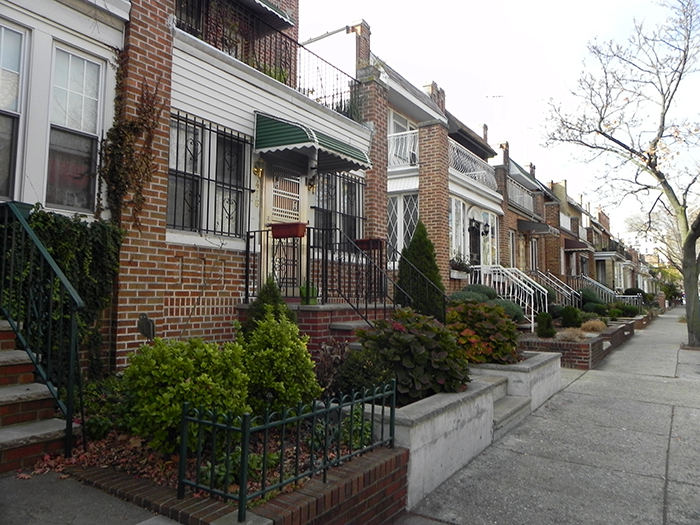City Council to hear testimony on de Blasio’s controversial zoning proposals
Hearings on Tuesday, Wednesday

Of Brooklyn’s 18 community boards, only three voted to approve both of Mayor Bill de Blasio’s controversial rezoning proposals. Community Board 10 leaders, for example, expressed concern that future re-zoning will have a negative impact on the small town feel of Bay Ridge and its neighboring community, Dyker Heights. Eagle photo by Paula Katinas
The New York City Council will be meeting on Tuesday and Wednesday to hear public testimony regarding Mayor Bill de Blasio’s much-discussed plans to rezone sections of the city to build and preserve 200,000 units of affordable housing.
The meetings are scheduled for 9:30 a.m. at the Council Chambers at City Hall.
The city’s two proposals –Zoning for Quality and Affordability (ZQA) and Mandatory Inclusionary Housing (MIH) have been opposed by many preservation groups and have been given thumbs down by the majority of community boards across the city.
